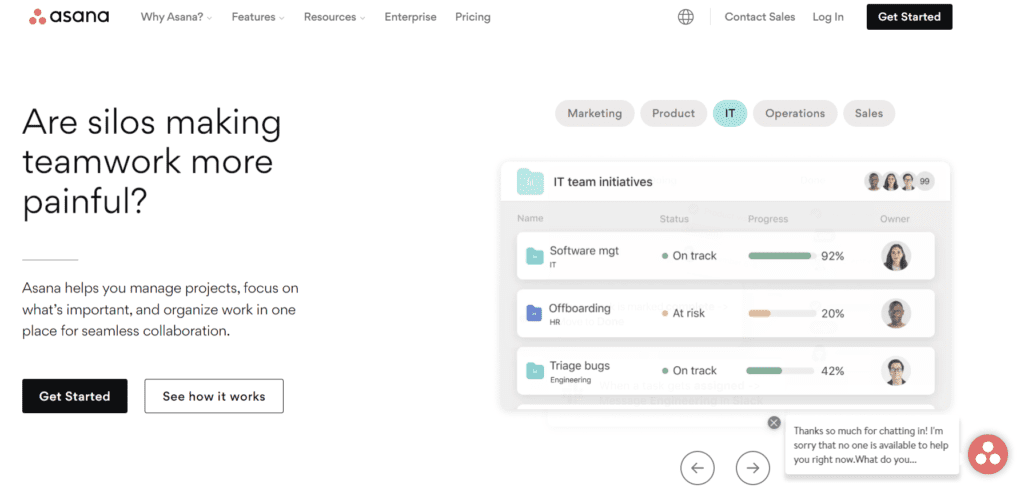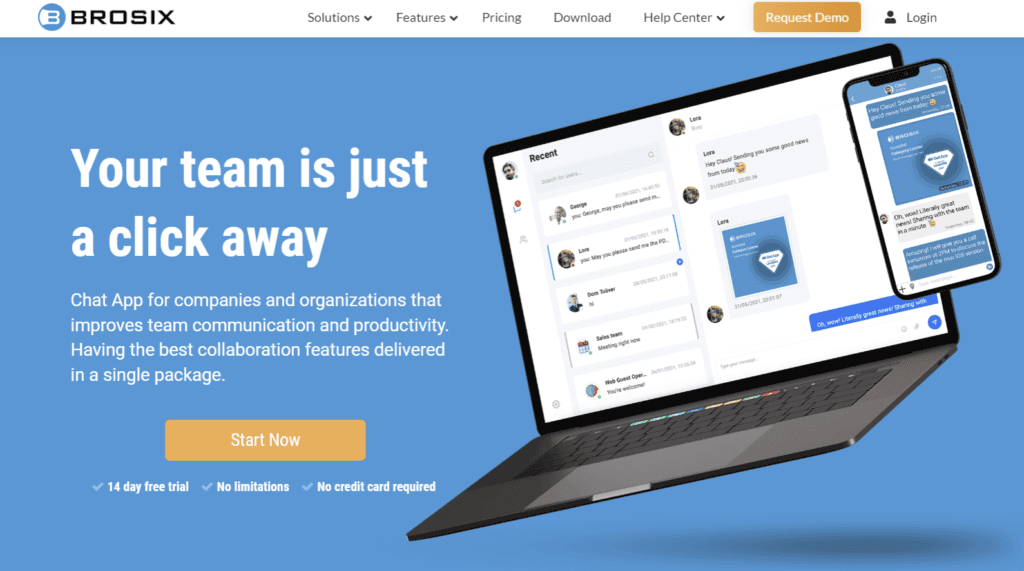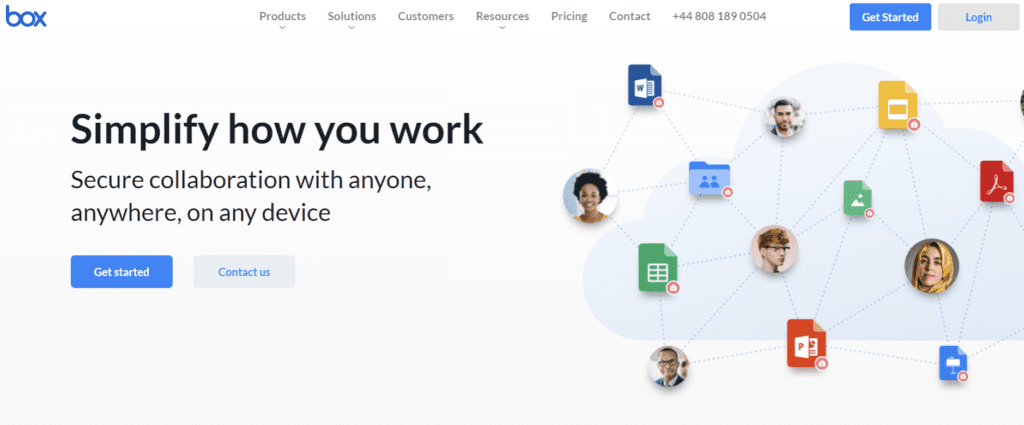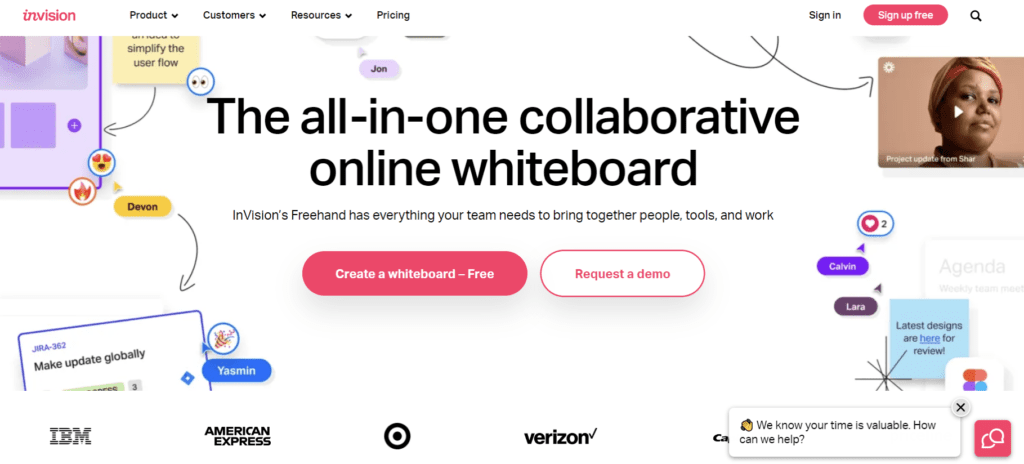
Estimated reading time: 10 minutes
Today we are going to discuss some of The Best Team Collaboration Tools for online, remote, and in-person teams.
It would be safe to say that collaboration tools have completely flourished during the last couple of years. It’s no secret that some professions (mostly IT-related) had the possibility of remote work even before the pandemic, but a remote, or hybrid model of working has now become a norm in almost all industries.
Organizing an in-person team is already a challenge in itself, so organizing it while working remotely means elevating the challenge to a whole new level. Thus, new collaboration tools have been emerging almost daily.
Related Links
What are collaboration tools? How can they benefit both remote and in-person teams? How to choose the best ones?
These are some of the main questions that we’ll try to answer in the lines below.
Collaboration Tools – What Are Those?
Team collaboration solutions are tools meant to help companies to organize their work easily and cohesively. Remote work might seem like a great working option, but it also has its pros and cons. If organized properly, remote work is a win-win situation, but if the company doesn’t know how to achieve that organizational level, it can lead to many problems.
Therefore, the market is full of different collaboration tools meant to facilitate all aspects of one’s working day. From impersonal team communication, time tracking, project management, and cloud storage to development and design, these tools found their way into almost every company all over the world.
But, with so many options on the table, making a choice can be overwhelming. It’s not easy to choose out of so many different tools, especially if you’ve never used anything similar.
So, let’s see what factors you should consider when making a decision.
What To Look For In Collaboration Tools
Every business has its characteristics, so there’s no one-size-fits-all solution, but there are some aspects that could facilitate your search.
Price
For example, it’s very important to decide what’s your budget. Are you willing to pay for these collaboration tools, or you’re just looking for free options? Truth be told, many of them offer free versions that are already very good, so there might not even be the need to go for a paid option. However, if you’re looking for some pretty advanced features, be ready to spear some budget for it.
UI
Another important thing is the tool’s interface. How does it look? Do you think it will be easy to use? There’s no point in installing something that you or your team won’t be able to use. If for using it you need certain knowledge that you don’t think you’ll be able to achieve, then it would be smarter to look for other options.
Integration
This is also very connected to another point that you should pay attention to – integration. Can a collaboration tool be easily integrated with your business or other tools you’re using? If you’re not sure, it would be wise to consult someone tech-savvy, so that you don’t make a mistake. Nevertheless, if you’re not sure how to make a choice, you can always ask expert startup consultants to help you set the remote team collaboration systems and processes seamlessly.
Moreover, you need to be attuned to the unique needs of your business, and how these might be met by the platforms you pick. For instance, if you are still regularly receiving physical mail, but you’re eager to go all-digital, it makes sense to opt to use a virtual mailbox so that remote team members can access correspondence as easily as on-site employees.
Business Needs
Last but not least, a collaboration tool needs to fit your business needs. Before installing a bunch of different tools, spare some time to think about what you need. More can be less – you must have the right tools that fit your business needs. Having many of them will not make your business more successful or facilitate remote work if that’s not what your team needs.
So, what tools should you check out?
Collaboration Tools For Remote And In-Person Teams That You Can Check
As we previously mentioned, team collaboration tools can differ depending on various factors.
There are plenty of options, so it would be wise to divide them according to certain areas:
- Project management tools
- Team communication tools
- File storage and collaboration tools
- Development and design tools
Let’s see which tools from these categories are worth testing
1. Project Management Tools:
Organizing a team is never easy, moreover if you are all working remotely. Thus, choosing the right price management tool is crucial.
Resource Guru

Resource Guru is a project management tool that helps overwhelmed teams stay ahead of their assignments. All your team members, freelancers, meeting rooms, and equipment can be tracked in one calendar view for effortless resource scheduling. Powerful filters make sorting through resources a breeze, so you’re not left searching blindly. Plus, availability updates are done automatically, so double bookings and overworked employees won’t happen.
Asana

Asana is another top project management platform that helps businesses to organize their work from one place. It enables teams to manage their work, tasks, and projects. It also offers very seamless integration, so it’s no surprise that more than so many companies are using it. With Asana, you can create team calendars, timelines, boards, forms and create surveys. Asana offers a rich reporting mechanism, so you can also track your team’s performance promptly.
2. Team Communication Tools
When working from home, one of the things that can suffer the most is team communication. It’s important to keep the team members united despite the physical distance, and there are many email collaboration tools as well as team communication tools that can help you achieve it:
Brosix
Brosix is all about team communication and collaboration. It consists of numerous chat options. You can either create a group chat with other team members or chat privately. Screen-sharing and unlimited file transfers are other of the great features Brosix provides. It allows collaboration on projects in real-time. You can also sync with your other devices and its cloud storage allows you access to your files from anywhere.

Slack
Slack is probably one of the most used communication tools worldwide. It’s faster than communication over mail, and it creates the sense of more informal communication that everyone was lacking during Covid. Therefore, Slack helps companies to transform how their teams are communicating. Besides messaging, this collaboration tool also enables calls and document uploads, so it covers all types of communication. It has a mobile version as well, so it can be used on the go.

3. File Storage And Collaboration Tools
Storaging and sharing files can be demanding regardless of your team’s location. However, working remotely increases the question of safety. Some files are internal, and maybe not so important, but there is documentation such as sales contracts, or product specifications that needs to be treated carefully. Thus, it’s good to use file storage and collaboration tools that you can be sure of.
Box
Box is a great team collaboration tool to simplify the work while obtaining a secure collaboration with all team members. The biggest benefit that Box provides is the fact that you can easily share any piece of content – sales contracts, marketing assets, or videos. It’s a cloud solution where everything can be stored very easily, and if needed, transferred to third parties. Therefore, your team won’t anymore face troubles with data permission and version history.

Confluence
Confluence is a workspace that where your team can collaborate on any project or task. All team members can organize and track their work, so communication between team members gets much easier. Everyone knows at which project phase you’re currently, so the room for mistakes is minimalized. This collaboration tool is not meant for remote work only – it’s very beneficial for in-person teams as well since it’s always better to have everything recorded.

4. Development And Design Tools:
Development and design are ongoing and not-so-short processes. They require a lot of tests and modifications until you reach the final decision. This can be a bit tricky if the team is working remotely, so that’s why development tools are there to help.
Bamboo
Bamboo is one of the best development tools available on the market. It covers the whole process – from building and testing to deployment. It’s suitable for all team sizes, and it provides full workflow automation. Another bonus is that it’s very flexible – as your team grows, you’ll be able to increase the tool’s capacity.

inVision
One of the best advantages when working in person is the brainstorming process. Everyone gathers in an office and starts discussing ideas. inVision has decided to enable the same experience even in the online work environment. inVision is a team collaboration tool that is an online whiteboard that all team members can use. It enables smooth team communication while being easily integrated with all the other tools you use in your everyday activities.

5. App Development Platforms
Kissflow
Kissflow reduces the risk of a failed digital transformation by bringing citizen developers and IT teams together on a scalable and secure application development platform to automate your internal operations.

With Kissflow, you can build enterprise applications in weeks. Organizations use Kissflow’s low-code/no-code platform to build a wide variety of solutions – from custom multifunctional applications to automated human-centric workflows to issue tracking to project management.
IT governs the entire platform, using security features to protect sensitive data and maintain a central source of truth.
Hundreds of brands like Airbus, Pepsi, McDermott, Comcast, and Danone rely on Kissflow to transform business operations.
Conclusion
Companies face different obstacles depending on their industry, size, and market conditions. Luckily many collaboration tools can help companies succeed. As we said, working remotely can have many benefits, but if the processes are not organized properly, the same issues will keep appearing regardless of the type of work environment. Unfortunately, a toxic work environment is not so rare, both in remote and in-person teams, but with the help of the right tools, your team communication can significantly improve.
Are you already using some team collaboration tools? If we haven’t mentioned them, please write them in the comment section. Our readers would surely appreciate it!
Contact Matchbox Design Group Today!
If your website could use a refresh, if you’re looking to drive more traffic to your site, or you would like to submit a guest post, fill out the form below and we’ll contact you to learn more about your digital needs.

